Category: Wearables
-
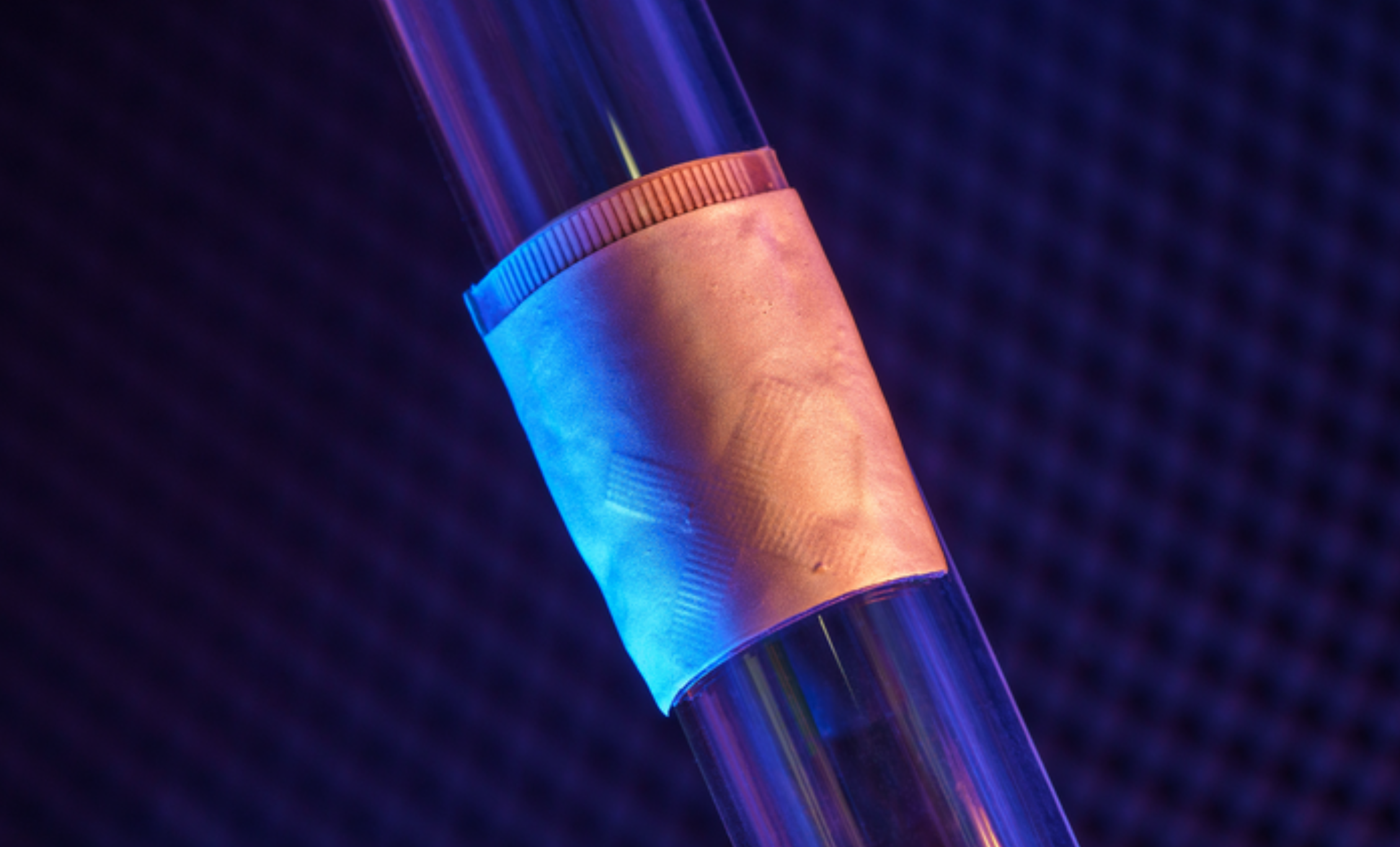
Wearable cardiac ultrasound continuously monitors heart structure, function for 24 hours
UCSD professor Sheng Xu has developed a wearable ultrasound device that can continuously monitor and assess the structure and function of the human heart for 24 hours, during normal daily activity. This could eliminate the need for highly trained technicians and bulky devices. Signs of cardiac diseases are transient and unpredictable, and imaging can detect…
-

Small sticker-sensor continuously analyzes breath for broad health monitoring
Heibei University, Tianjin Hospital, Beihang University, and Penn State researchers have developed an under nose-worn, stretchable, skin-friendly, waterproof sensor to analyze breath for health monitoring. It could be use for multiple-condition screening, asthma and COPD management, or environmental hazard sensing, among other applications. The functional gas sensor, in a moisture-resistant membrane, can operate in humid…
-

Microneedle wearable continuously monitors glucose, lactate, alcohol
UCSD Professor Joe Wang and colleagues have created a multiple biomarker monitor in the form of a painless microneedle patch, which Wang calls a “complete lab on the skin.” Glucose, lactate and alcohol levels are monitored simultaneously, in real time. Microneedles enable the direct sample of interstitial fluid, which provides a similar measure of biochemical…
-
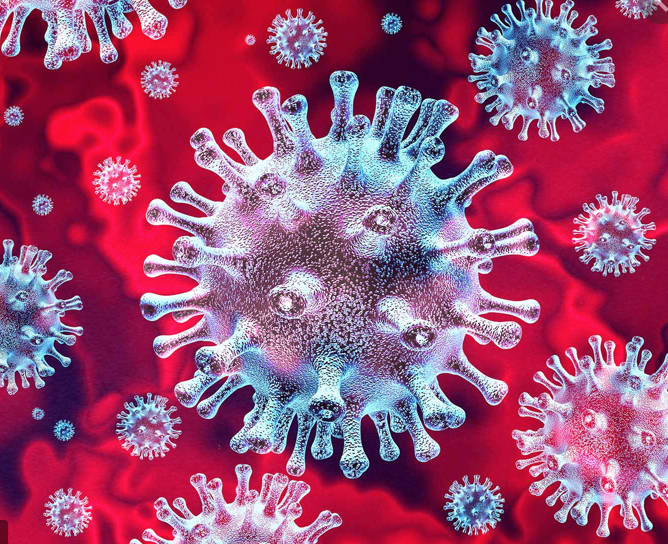
Presymptomatic COVID detection with wearables
Stanford’s Michael Snyder and colleagues have used smartwatch data to detect early, presymptomatic COVID-19 in 31 individuals out of a cohort of 5,000. They demonstrated that COVID-19 infections are associated with alterations in heart rate, steps and sleep in 80% of cases. Physiological alterations were detected prior to, or at, symptom onset in 85% of…
-
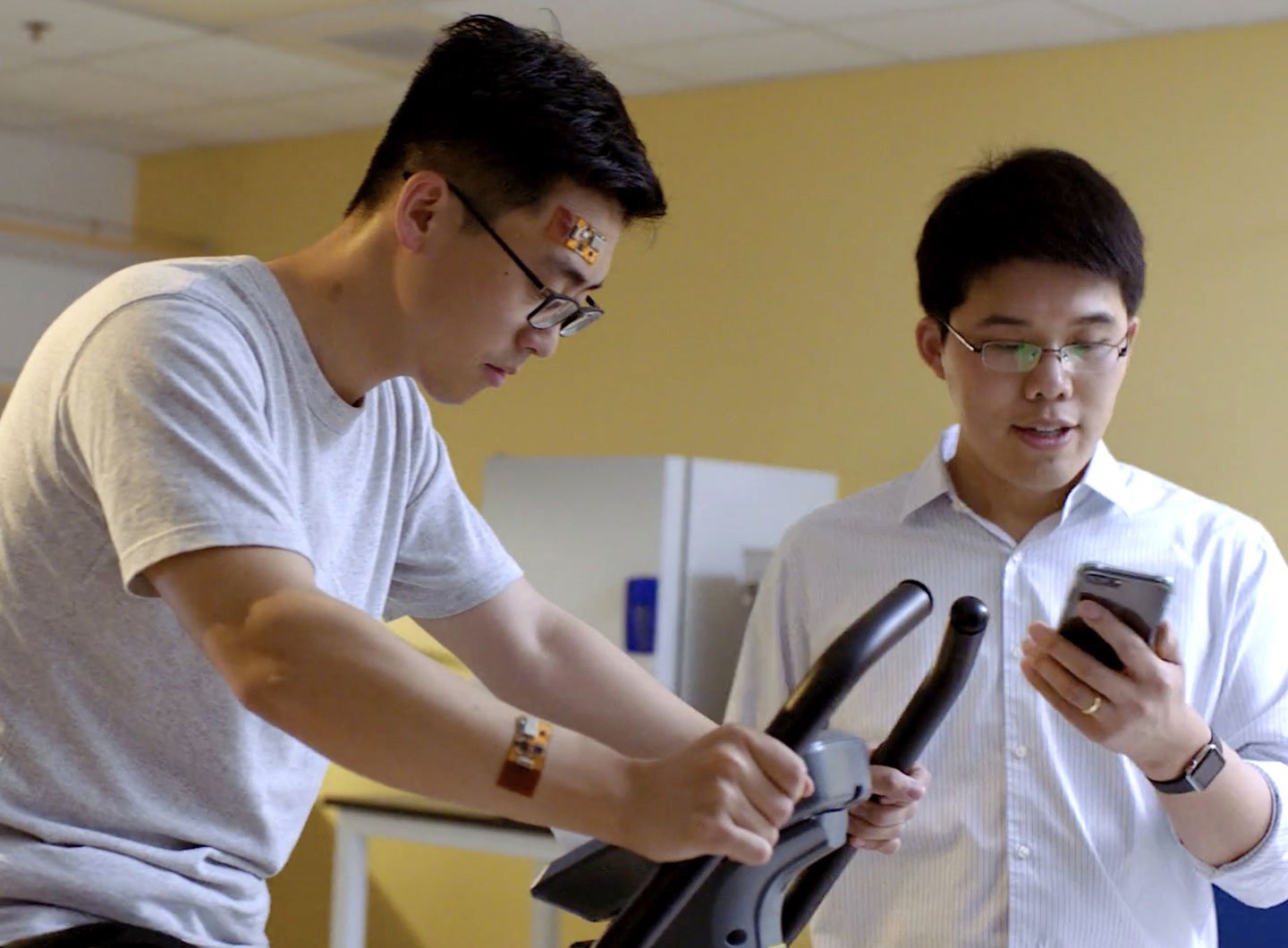
Sweat sensor monitors metabolites to detect gout, metabolic and other disorders
Caltech’s Wei Gao has developed a wearable sensor that monitors metabolites and nutrients in blood by analyzing sweat. Previously developed, less sensitive, sweat sensors mostly target electrolytes, glucose, and lactate. Gao develops devices based on microfluidics, which minimize the influence of sweat evaporation and skin contamination on sensing accuracy. Previous microfluidic-based wearable sensors were mostly fabricated with a…
-
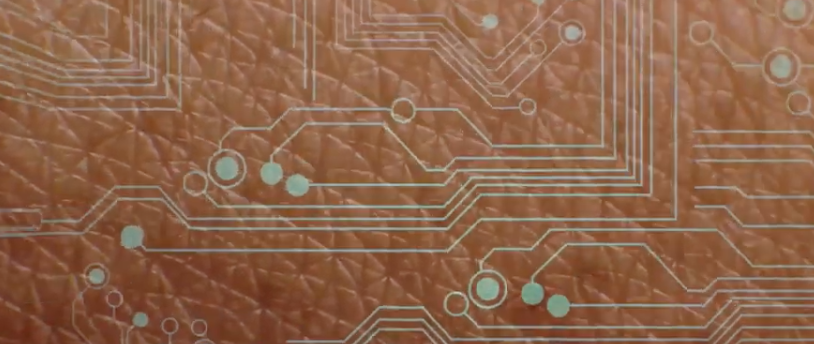
Wireless, wearable sticker adds a sense of touch to VR
John Rogers, Yonggang Huang and Northwestern colleagues have developed an “epidermal VR” system that adds a sense of touch to any virtual reality experience. The device incorporates a distributed array of 32 individually programmable, millimeter-scale actuators, each of which generates a discrete sense of touch at a corresponding location on the skin. Each resonates most strongly…
-
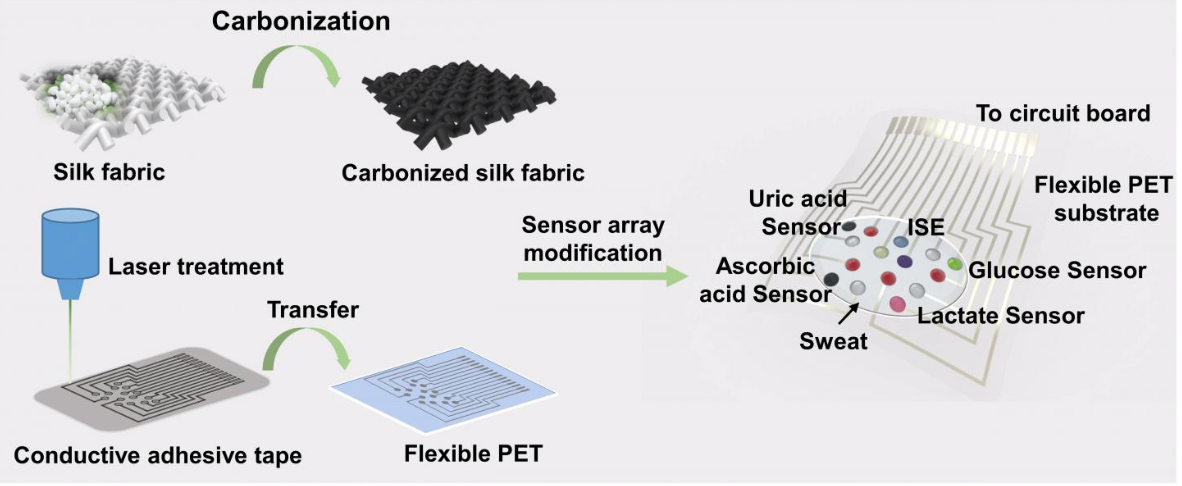
Silk patch measures 6 biomarkers in sweat
Wenya He, Yingying Zhang, and Tsinghua and Northwest School colleagues have developed a silk-based wearable patch which measures glucose, ascorbic acid, lactate, potassium, sodium ions and uric acid concentrations in sweat. Sensors are embedded in a woven graphite-silk fabric. Conductivity is enhanced using graphite doped with nitrogen atoms. The flexible patch is applied to the…
-

Sensors + algorithm quantify, analyze body movement to optimize exercise/treatment
FIGUR8 has commercialized MGH/MIT Media Lab research to create a sensor and algorithm to measure and track body movement as a biomarker. The wearable creates a movement baseline, diagnoses dysfunction, identifies injury risk, optimizes exercise routines and tracks progress. During movement, the sensor quantifies muscle activity and joint mobility, and the algorithm analyzes more than…
-
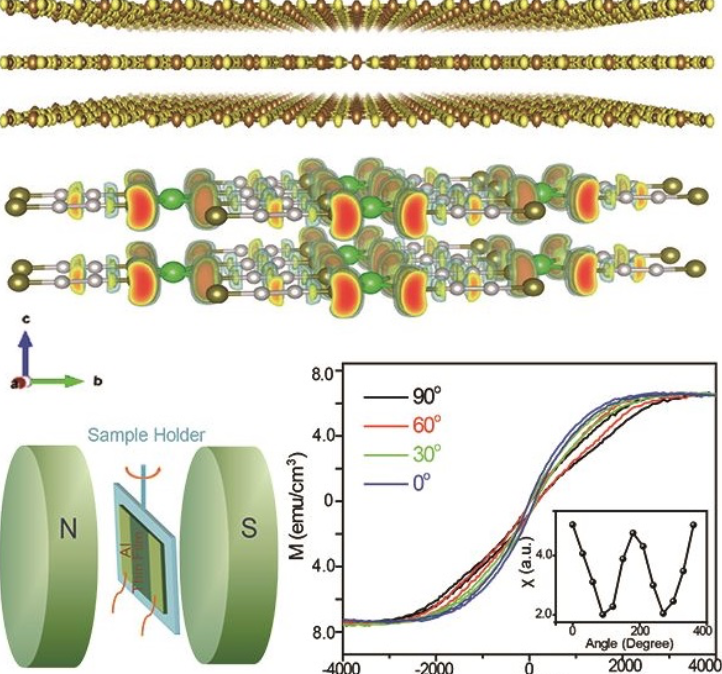
Artificial skin sensor could help burn victims “feel”
UConn chemists Islam Mosa and Professor James Rusling have developed a sensor that could detect pressure, temperature, and vibration when placed on skin. The sensor and silicone tube are wrapped in copper wire and filled with an iron oxide nanoparticle fluid, which creates an electric current. The copper wire detects the current. When the tube…
-

Fingertip wearable measures disease-associated grip strength
IBM researchers are studying grip strength, which is associated with the effectiveness of Parkinson’s drugs, cognitive function in schizophrenics, cardiovascular health, and elderly mortality. To better understand these markers, Steve Heisig, Gaddi Blumrosen and colleagues have developed a prototype wearable that continuously measures how a fingernail bends and moves. The project began as an attempt to…
-

Tony Chahine on human presence, reimagined | ApplySci @ Stanford
Myant‘s Tony Chahine reimagined human presence at ApplySci’s recent Wearable Tech + Digital Health + Neurotech conference at Stanford: Join ApplySci at the 9th Wearable Tech + Digital Health + Neurotech Boston conference on September 24, 2018 at the MIT Media Lab. Speakers include: Rudy Tanzi – Mary Lou Jepsen – George Church – Roz Picard –…
-
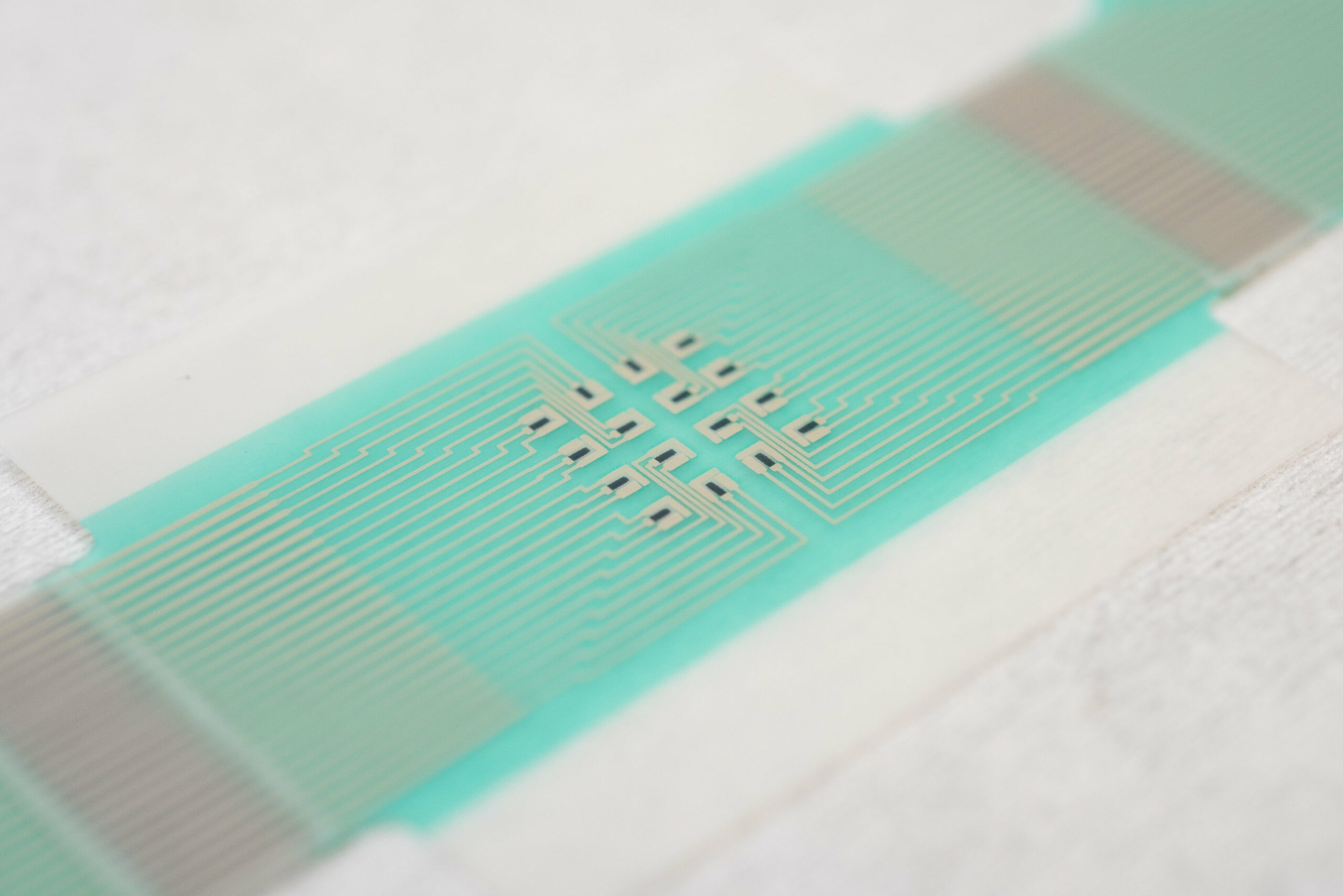
Non-invasive glucose monitoring patch
Richard Guy and University of Bath colleagues have created a non-invasive, adhesive patch, to measure glucose levels through the skin without a finger-prick blood test. The patch draws glucose from fluid between cells across hair follicles, accessed individually via an array of miniature sensors using a small electric current. The glucose collects in tiny reservoirs…